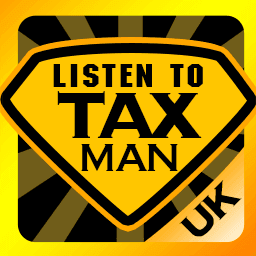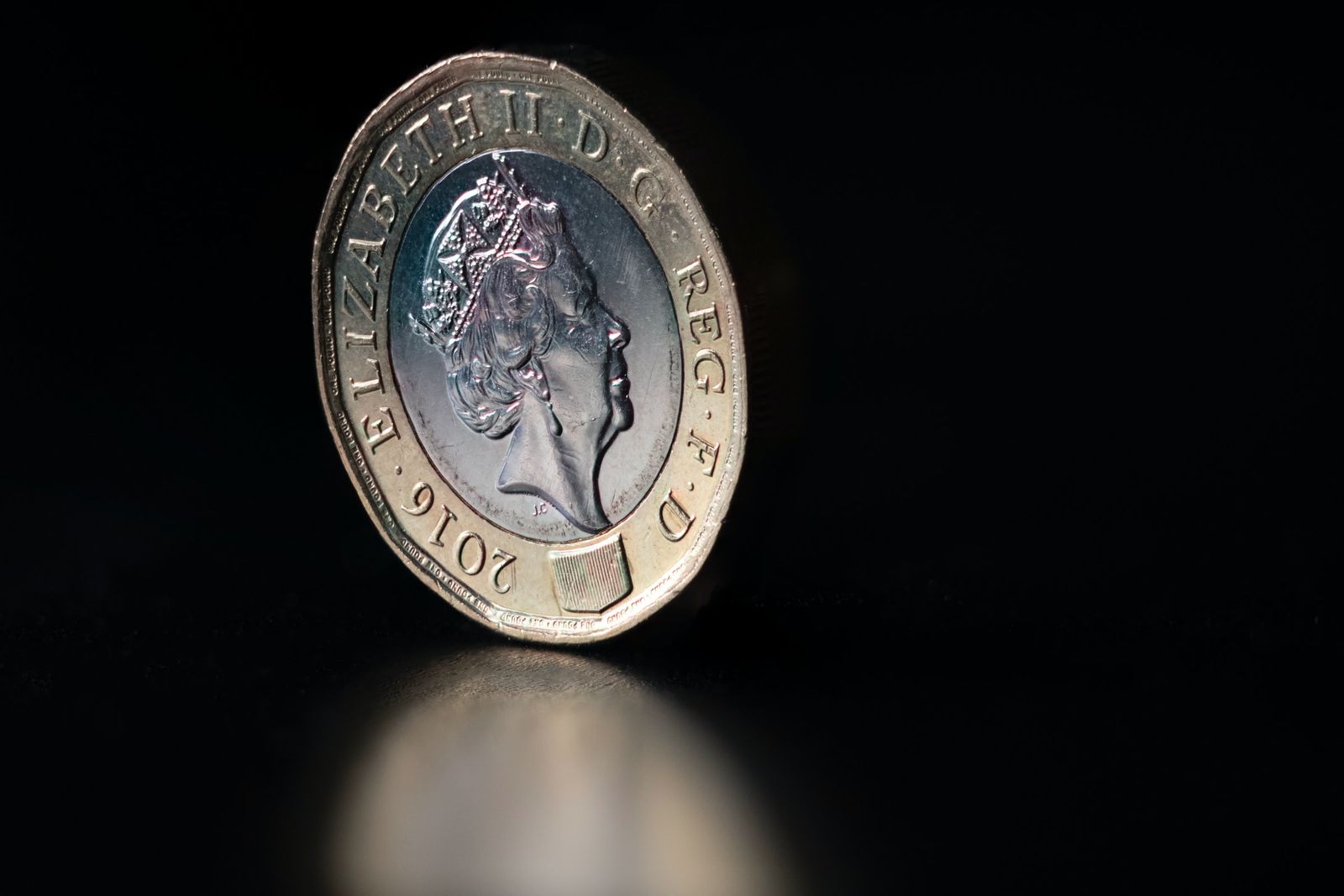There is an up to date version of this Guide for 2021 here.
Payments on account can be one of the most common stumbling blocks when it comes to your self-assessment tax return. Although it was introduced as an initiative to help taxpayers spread their tax payments, it can often result in annual frustration and can actually harm your cashflow if you are caught unaware
Payment on account: What you need to know
The 31st January is the deadline everyone knows about, you must file your tax return and pay any taxes due. However, if you have a self-assessment tax bill of more than £1,000 a payment on account may also be required.
On 31st January each year you may need to make a payment to HMRC. This payment will settle any outstanding tax for the last tax year, plus an upfront payment for the next tax year.
You would also need to make a further payment on account on or before the 31st July per year.
Both payments are based on what you earned last year, instead of the current state of your finances. That’s because HMRC can’t predict how your income is going to fluctuate; it’s assumed that you’re bringing in the same, every tax year, even though that might not be the case.
So, how is the payment on account calculated?
Basically, any payment on account due is equal to 50% of the previous year’s tax bill.
Whether it is the first time your tax bill is over £1,000 in a tax year or it is your first year of trading you need to know what to expect the first time you make a payment on account.
As an example
If you began trading in 2019/20 and have a tax bill of £1,400 for that year the tax bill would need to be paid on 31st January 2020.
However, because your tax bill is over £1,000, you’d also have to make your first payment on account for the 2020/21 tax year. This is calculated as 50% of the amount due for 2019/20.
In this case that would be £700. This means that you’d owe £2,100 to HMRC on 31st January 2020.
19/20 tax bill = £1,400
20/21 upfront = £ 700 (1st payment on account)
Total = £2,100
A further £700 would be payable 31st July 2020 (2nd payment on account).
Can I reduce the payment on account due?
Yes, this is possible. It’s important to remember that payments on account are based on your earnings from the previous year. This means that, should your income dramatically fall, your payments on account may be reduced to reflect a lower income. You can therefore make a claim to reduce your payments on account. Be careful though: reduce them too much and you can incur an interest charge on any tax shortfall.
What if I can’t afford it?
Under normal circumstances you should contact HMRC as soon as possible. Should you miss the deadline without informing them, you’ll start to accrue interest and late payment surcharges.
By contacting HMRC they may agree a time to pay arrangement, you will still be charged interest but you could avoid any surcharges.
However, due to the impact of covid-19 the government have announced a one-off change to the payment of any tax due on the 31 January 2021. Anyone who owes less than £30,000 will be able to make an online claim to spread the tax due over 12 months. There are some conditions shown below but full details can be found on the HMRC website:
Customers who wish to set up their own self-serve Time to Pay arrangements must meet the following requirements:
- no outstanding tax returns
- no other tax debts
- no other HMRC payment plans set up
- the debt needs to be between £32 and £30,000
- the payment plan needs to be set up no later than 60 days after the due date of a debt
Please note that HMRC will charge interest at 2.6% for using this facility.
How to pay
HMRC, in light of MTD for Income Tax, are encouraging more people to complete their self-assessment tax return digitally online. This can be done in most cases via the HMRC website or commercial digital software. Should you file your self-assessment online you will be able to make your payment on account at the same time should you chose. If you are submitting your return via a paper return you will receive a paper bill with a Bank Giro form for you to make your payment.
With all matters relating to tax if you are unsure you should speak to someone with tax knowledge or call the HMRC. It would pay to make regular checks ahead of the deadlines on interest rates and other changes to avoid any penalties.
*Please note
In 2020 in response to the COVID-19 pandemic, HMRC announced that they would allow taxpayers to defer their second payment on account (that would have normally been due on 31st July 2020). It was hoped that this gave taxpayers the chance to prepare.
Later the same year the Chancellor also announced that self-assessment tax payers would be able to benefit from a separate additional 12-month extension from HMRC on the ‘Time to Pay’ self-service facility. This means that payments deferred from July 2020, and those that would be due in January 2021 will now not need to be paid until January 2022.
HMRC have urged the self-employed to try and avoid using the new service so further tax implications are not felt later in the coming years – asking people to pay on time if they can.
These unprecedented times called for these, amongst many other measures to be introduced.
This article was written by our Self-Assessment Expert, Mike Parkes, who is also a director at GoSimpleTax, a low-cost online-software package which makes it really easy for the Self-Employed to calculate and submit their annual Tax Self-Assessment. They offer freemium access – and best of all NO payment details are required, which makes it very easy to try out.

 Our Favourite Tax App?
Our Favourite Tax App?
It's Simple
ListenToTaxman have teamed up with GoSimpleTax, the online self-assessment app to bring you, what is in our view, the easiest way of calculating and submitting your tax return we’ve seen so far. Key in your income and expenses into the app, and it will flag up any unclaimed allowances. Simple.
Once you’re comfortable with the information you’ve entered, simply submit via the app to HMRC. You’ll just need your Tax Reference Number - found on most tax correspondence. GoSimpleTax let you use their software free for 14 days. If you don’t think it’s right for you - don’t pay anything. If you do to choose to submit your tax information via the app, then at most of you will be charged £49 for their service.
Personal Tax


